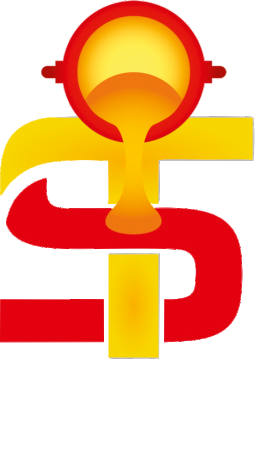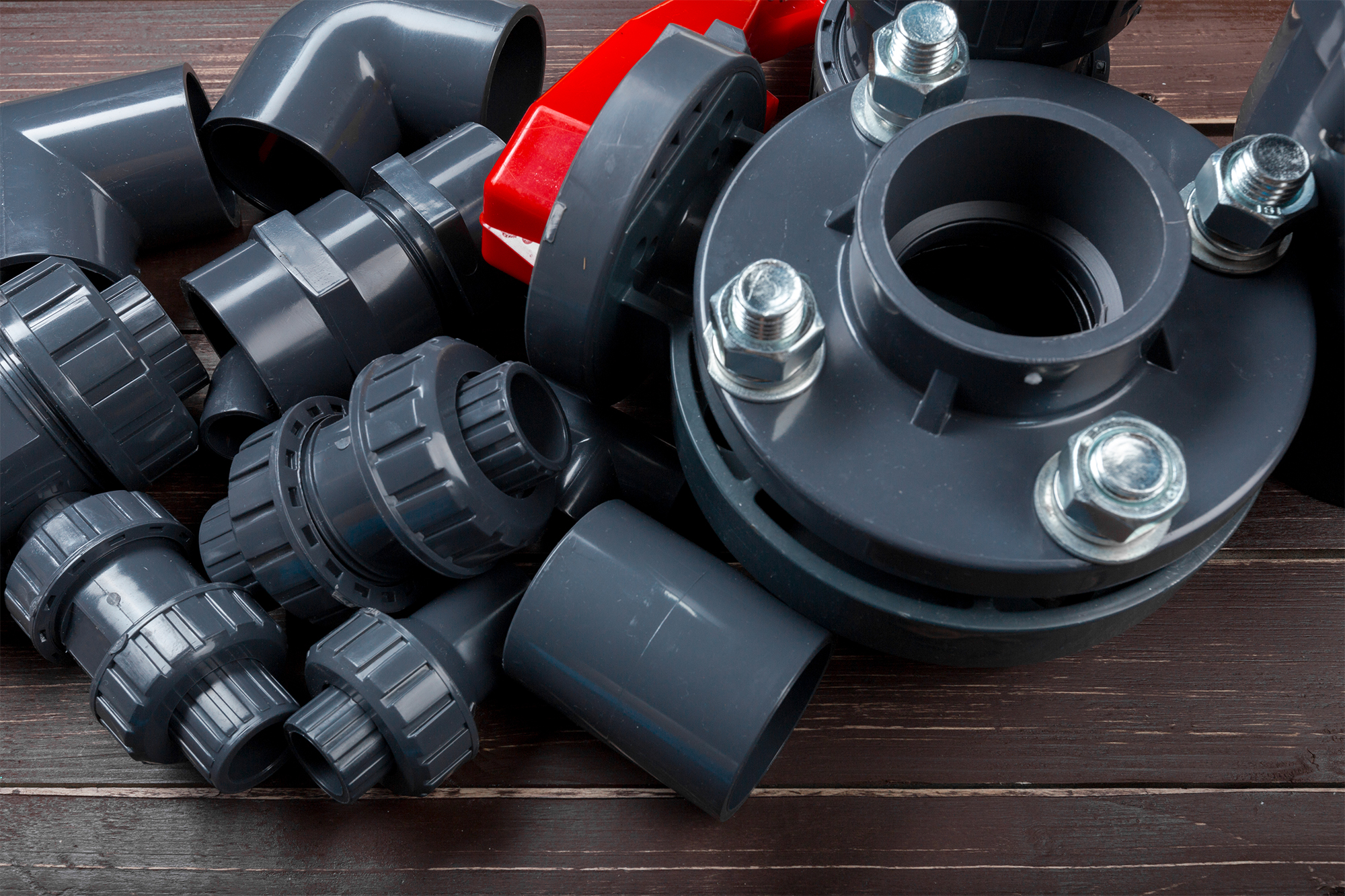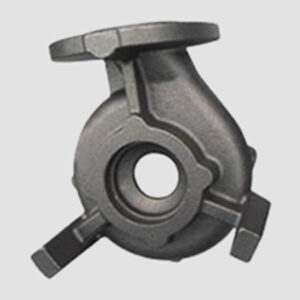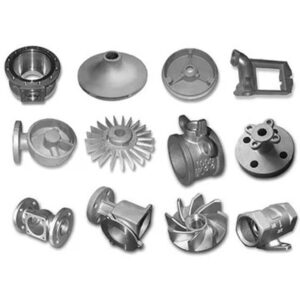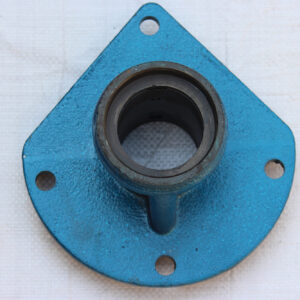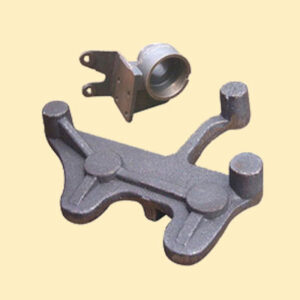Boiler and turbine systems are integral components of power plants, particularly in thermal power generation.
Description
Here are key parts associated with boilers and turbines:
Boiler Parts:
Boiler Shell: The outer shell that contains the water and steam.
Furnace: The combustion chamber where fuel is burned to produce heat.
Water Tubes: Tubes that carry water through the boiler and surround the furnace.
Steam Drum: Collects and separates steam from water. It acts as a reservoir for steam.
Superheater: Raises the temperature of the steam above its saturation point, increasing its energy content.
Economizer: Preheats the feedwater before it enters the boiler to improve overall efficiency.
Boiler Tubes: Tubes through which hot gases pass, transferring heat to the water.
Turbine Parts:
Rotor: The rotating part of the turbine that converts kinetic energy into mechanical energy.
Blades: Attached to the rotor, blades extract energy from the steam and convert it into rotational motion.
Stator: The stationary part of the turbine that directs the flow of steam onto the rotor blades.
Casing: The outer shell that contains the rotor and stator.
Lubrication System: Provides lubrication to the turbine’s moving parts to reduce friction and wear.
Couplings and Shafts: Connects the turbine to the generator to transmit mechanical energy.
Bearings: Support the rotor and allow it to rotate smoothly.
Both boilers and turbines are critical components in power plants, converting thermal energy into mechanical energy and, ultimately, electrical energy. Regular maintenance, monitoring, and adherence to safety standards are essential for their efficient and reliable operation. Advances in materials and technology, such as supercritical and ultra-supercritical steam conditions, contribute to higher efficiency and lower environmental impact in modern boiler and turbine systems.
